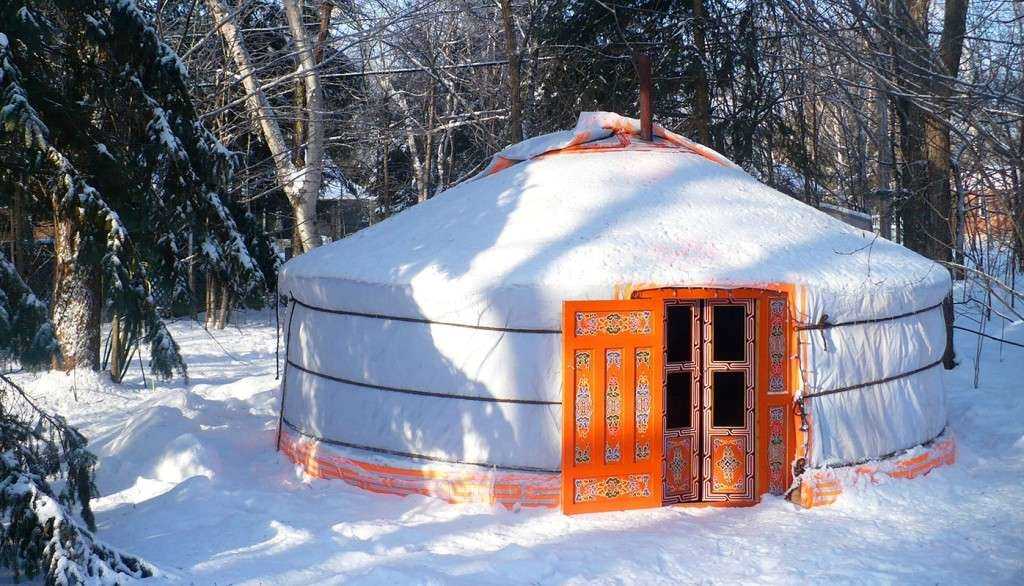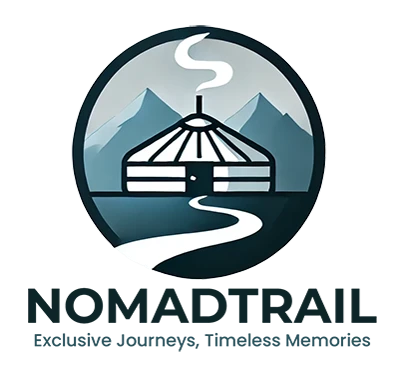The mongolian ger yurt is the heart of nomadic life—portable, built without nails, and perfectly adapted to four seasonal moves across the steppe. Below, discover how a mongolian ger yurt is assembled, why it’s eco-friendly and quake-smart, and how to experience it with a real nomadic family.
Mongolian nomads traditionally move four times a year—spring, summer, autumn, and winter—following fresh pasture and water so their herds stay healthy. Seasonal migration protects grasslands from overuse and keeps families close to natural resources, which is why the ger remains the perfect home for life on the move.
In Mongolia, locals say ger; “yurt” is the broader international term. When we say mongolian ger yurt, we mean the circular, fabric-and-wood dwelling you’ll sleep in on tour—warm in winter, cool in summer, and designed for life on the move.
A traditional mongolian ger yurt uses no single nails. Its strength comes from smart joinery and tension:
Khana (lattice walls): folding wooden grids that expand like an accordion.
Uni (roof poles): slotted into the toono (crown) and tightened with ropes/bands.
Felt insulation: thick sheep’s wool under a weatherproof outer cover.
Easy to assemble and de-assemble, a full set can be carried on one camel between seasonal pastures.

Because it’s all wood, rope, and wool, a family can assemble or de-assemble a ger quickly, then load the parts onto one camel for the next migration. This portability is why the ger has endured for centuries on the steppe.
Mongolian herders move four times a year—spring, summer, autumn, winter—following grass and water so animals thrive. The mongolian ger yurt makes this possible: fast setup, warm stove at center, and a low profile that handles fierce steppe winds.
With no concrete slab and mostly renewable materials, the mongolian ger yurt leaves a low footprint. Its circular, flexible frame sheds wind and can better absorb ground vibration—making it inherently quake-smart compared with rigid, heavy buildings.
Mongolians honor the Eternal Blue Sky, sun, and the spiritual owners of mountains and rivers. Customs include never pouring anything into rivers and offering a respectful greeting before stepping onto a mountain peak—practices kept for thousands of years.

Step over (not on) the threshold and move clockwise.
Don’t lean on bagana (central pillars) or khana (lattice walls).
Accept tea/dairy snacks with your right hand or both hands.
Avoid pointing feet at the khoimor (honored north/altar).
Keep the toono (skylight) clear unless invited to hang items.
Expect thick felt walls, a cozy central stove in cold months, and a toono that opens for airflow in summer. Many camps use solar panels for lights/charging—bring a power bank just in case. Sleeping in a mongolian ger yurt means quiet nights, big skies, and sunrise tea.
Stay with a local nomadic family (not a staged tourist host) and join everyday chores that make the mongolian ger yurt a true home.
Herd livestock on horseback at an easy, guided pace.
Milk cows, sheep, and goats morning/evening.
Make dairy staples: dried curds (aaruul), cheese, clotted cream.
In season, learn how families ferment mare’s milk into airag (lightly alcoholic) and distill milk vodka (arkhi)—a living tradition of the steppe.
When timing aligns, help raise the khana, set uni into the toono, and lay wool felt—seeing how a mongolian ger yurt stands without nails and packs onto one camel.
Families who don’t generally host tourists—genuine seasonal work.
Small groups (1–4) for respectful immersion.
Guide support for language, safety, and cultural nuance.
Naturally eco-friendly by design.
Activities vary by season (more airag in summer, more felt/stove work in cold months). Expect simple facilities, a warm stove, and star-bright nights. Bring layers, headlamp, and an open mind.
Ready to live the ger life for real? Book our Nomadic Family Stay and sleep in a mongolian ger yurt with real herders.
Explore Mongolia responsibly with a family-owned company that cares about culture, nature, and communities.





